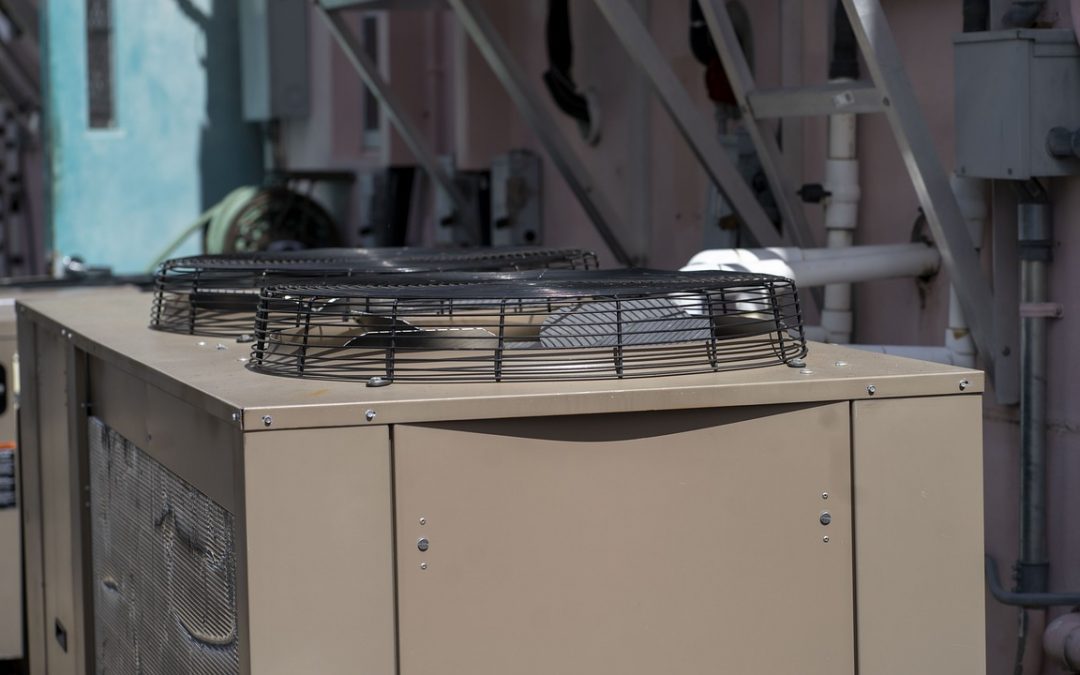Understanding the significance of HVAC line sets is essential for optimizing their heating and cooling systems. These critical components are responsible for transporting refrigerants between the indoor and outdoor units of HVAC systems, facilitating the heat exchange process central to heating and cooling functions. While often overlooked, the efficiency of HVAC systems can significantly depend on the quality, size, and installation of these line sets. We will explore how https://ad.engineering/linesets/ contributes to the overall effectiveness of HVAC systems, the implications of improper installation, and the best practices for maintenance and selection.
Functionality of HVAC Line Sets
HVAC line sets consist of two primary lines: the suction and liquid lines. The suction line carries refrigerant vapor from the indoor unit to the outdoor compressor. In contrast, the liquid line transports the high-pressure liquid refrigerant from the outdoor unit to the indoor unit. This two-way transportation of refrigerants enables the heating or cooling process to occur effectively. The design of these line sets is crucial for maintaining the right pressure and temperature within the system. If the line sets are too small or poorly insulated, the system may be able to maintain efficient heating or cooling, leading to increased energy consumption and higher utility bills.
Proper sizing of line sets is essential for system performance. If the lines are too narrow, the refrigerant may not flow freely, reducing efficiency and potentially causing the compressor to overheat. Conversely, oversized line sets can lead to a lack of pressure, which may disrupt the entire heating and cooling cycle. Furthermore, the materials used for line sets, typically copper or aluminum, affect how efficiently refrigerants are transported. Copper is often preferred due to its superior thermal conductivity, although aluminum is lighter and easier to work with. The choice of material and size must align with the specifications of the HVAC system to ensure optimal functionality.
Importance of Proper Installation
The installation process of HVAC line sets is as critical as their functionality. Incorrect installation can lead to several issues, including refrigerant leaks, improper airflow, and inefficient heat exchange. A refrigerant leak affects the system’s performance, can pose environmental hazards, and can lead to costly repairs. When line sets are not adequately insulated, the refrigerant can absorb heat from the environment, which increases energy loss and decreases overall efficiency. To prevent these problems, it is essential to follow manufacturer guidelines and best practices during installation.
During installation, the correct routing of the line sets is equally important. Line sets should be secured and insulated properly to prevent any movement that could cause wear or damage over time. Additionally, bends in the line sets should be minimized and done gradually to avoid restrictions in the refrigerant flow. Professional installation is often recommended, as experienced technicians can identify and address potential issues that may need to be apparent to the average homeowner. Proper installation enhances system efficiency and extends the HVAC system’s lifespan, providing long-term benefits.
Maintenance and Inspection of Line Sets
Regular maintenance and inspection of HVAC line sets are essential for ensuring long-term efficiency and performance. Over time, dust, debris, and other contaminants can accumulate on the exterior of the line sets, leading to increased energy loss and reduced efficiency. Inspecting the insulation for any signs of wear or damage is also crucial, as compromised insulation can expose the refrigerant to external temperatures, resulting in energy waste. Homeowners should perform routine checks of the line sets to ensure they remain in good condition, paying particular attention to the insulation and any visible leaks.
In addition to visual inspections, it is advisable to have a professional HVAC technician perform regular maintenance on the entire system, including the line sets. These professionals can check for refrigerant leaks, assess the condition of the lines, and provide cleaning or repairs as needed. Regular maintenance helps to identify potential problems before they escalate, ensuring that the HVAC system operates at peak efficiency. Furthermore, many manufacturers recommend seasonal inspections to prepare the system for heating or cooling seasons, allowing for adjustments and repairs that can improve performance and reliability.
The role of HVAC line sets in efficient heating and cooling is fundamental to the performance and longevity of HVAC systems. From their functionality in transporting refrigerants to the importance of proper installation and maintenance, understanding these components can lead to significant energy savings and improved comfort in homes and businesses. When selecting and installing line sets, attention to size, material, insulation, and compliance with local regulations will ensure that the HVAC system operates efficiently for years. Property owners can enjoy reliable heating and cooling that meets their needs while minimizing energy consumption and costs by prioritizing the quality of line sets and their installation.

Recent Comments